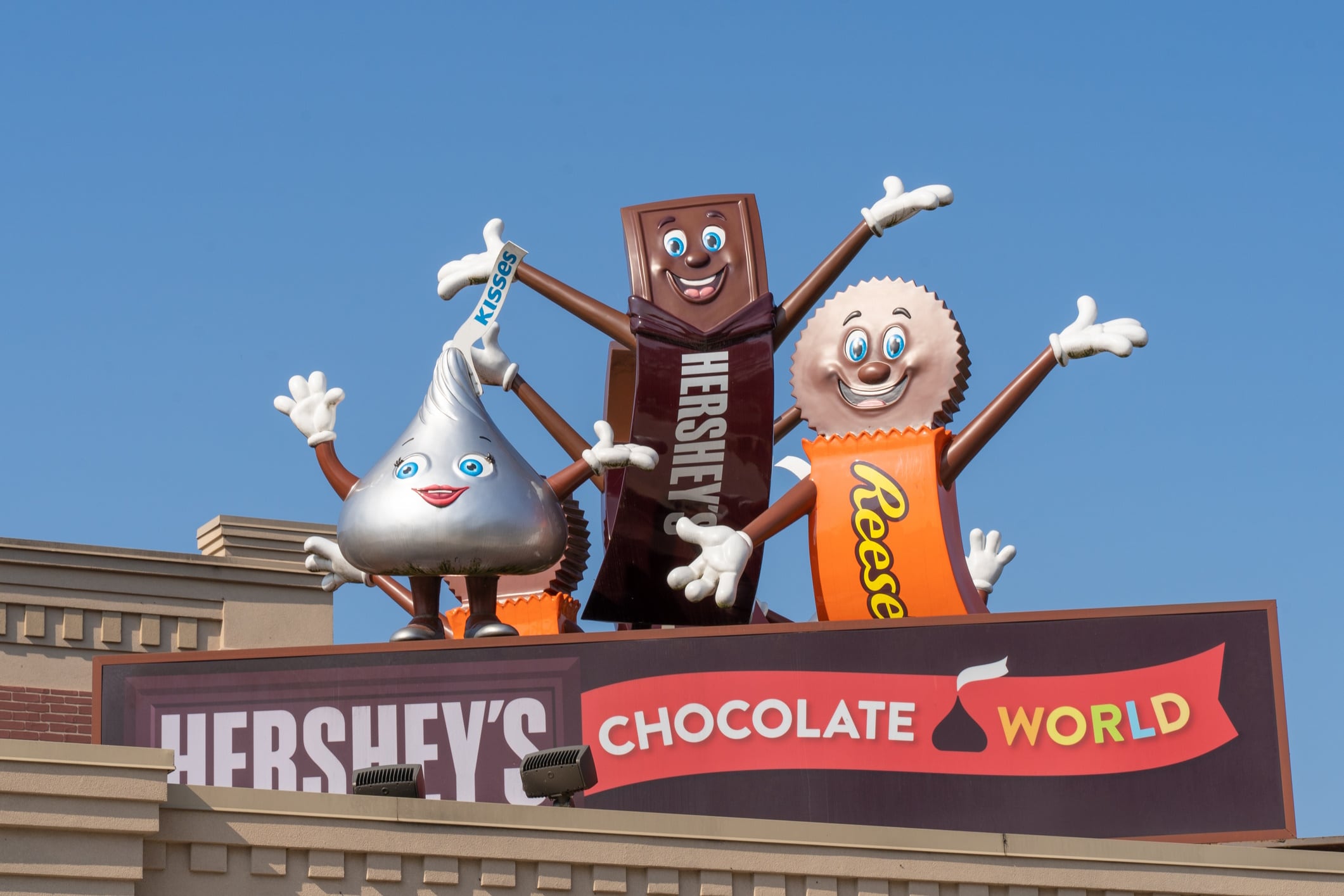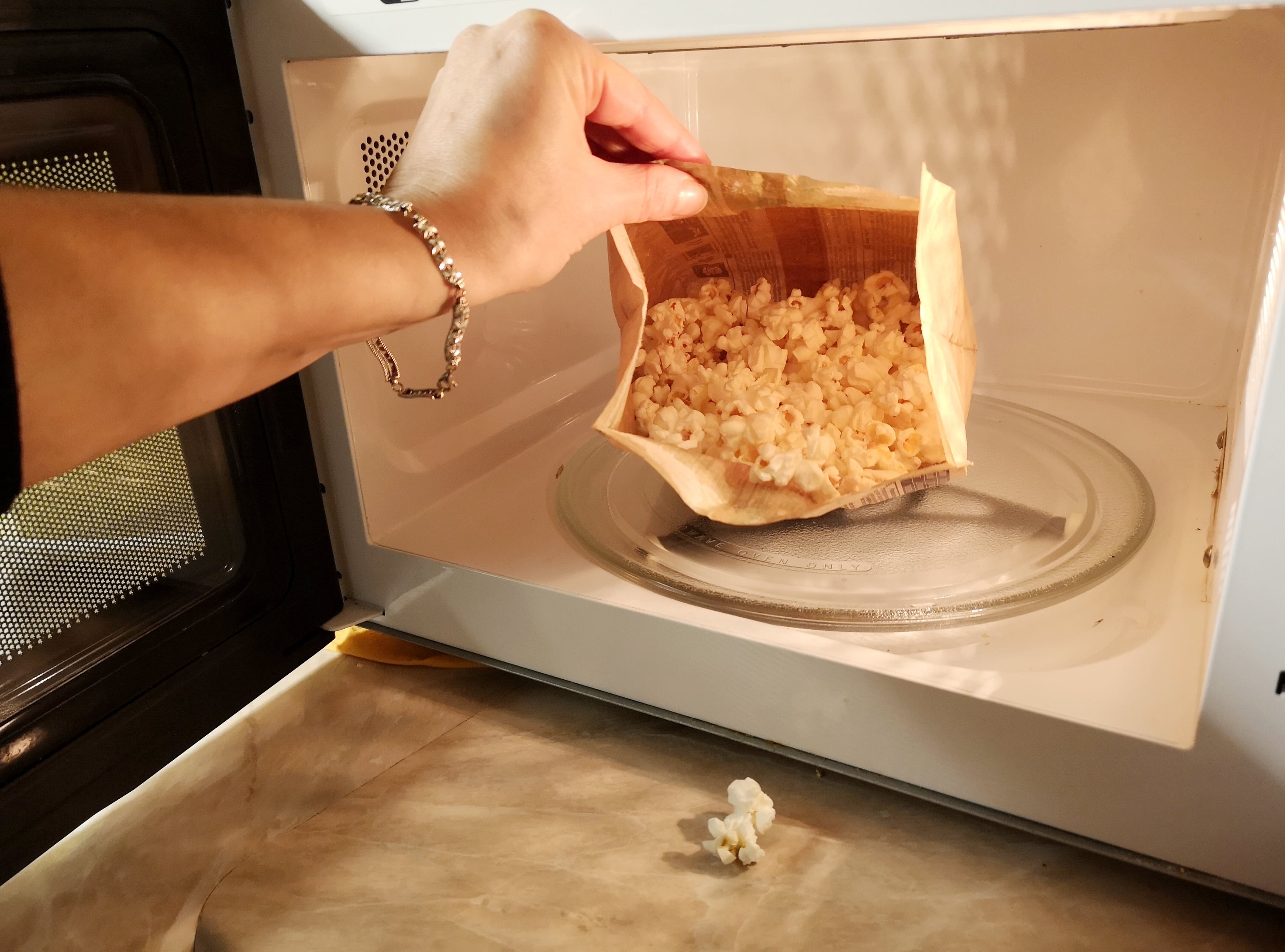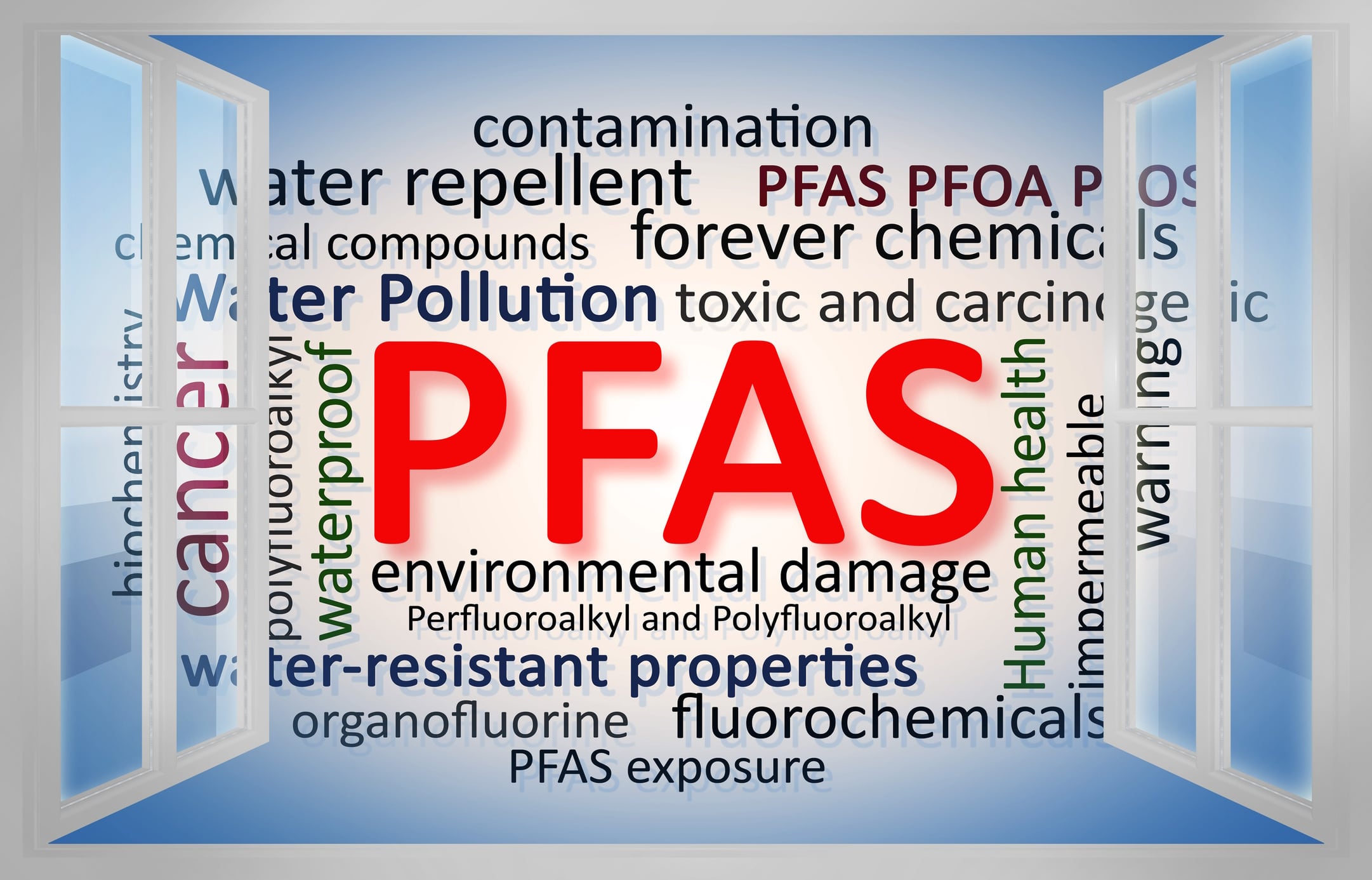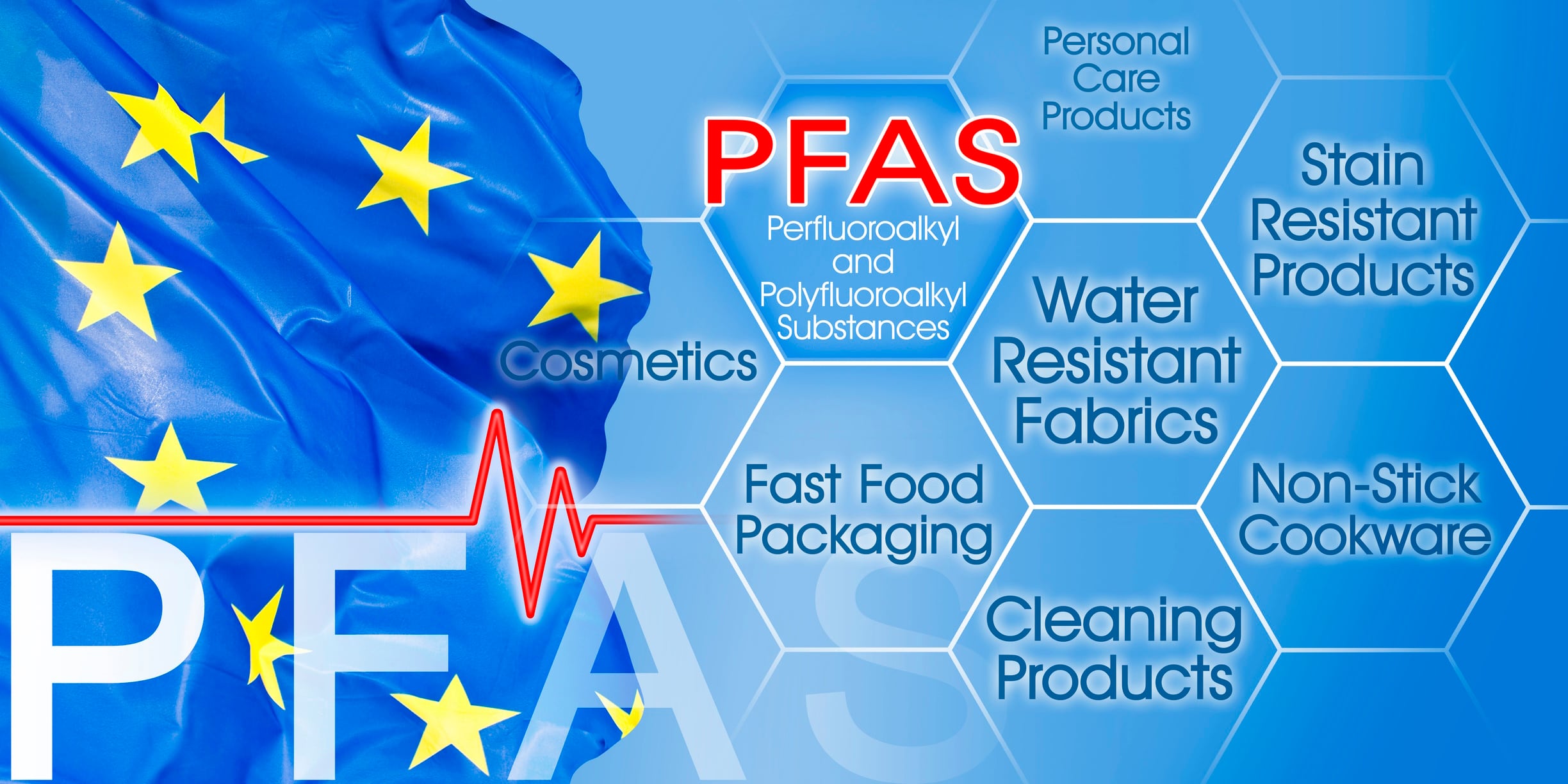1 July 2025 marked a turning point. Food companies in the US are no longer permitted to use stockpiled PFAS-based grease-proofing agents in food packaging – at least, not legally.
While the US Food and Drug Administration (FDA) stopped short of issuing a mandatory ban, it secured a voluntary phase-out in 2024 and in January 2025, officially revoked 35 Food Contact Notifications for per- and polyfluoroalkyl substances (PFAS), also known as ‘forever chemicals’.
That gave manufacturers until 30 June 2025 to exhaust existing stock. Now, scrutiny is intensifying over who’s still using PFAS and who might be liable if they are.
Among those under the microscope is The Hershey Company, which is facing two class action lawsuits over allegedly high levels of PFAS in the wrappers of its treats. The cases, filed in late 2024, have become a flashpoint in the broader debate about what snack and confectionery brands are doing to eliminate the toxic ‘forever chemicals’ from their packaging.
A new front in the PFAS legal war

In October 2024, a consumer class-action lawsuit against The Hershey Company ignited fresh scrutiny over the safety of snack and confectionery packaging. Filed in the US District Court for the Middle District of Pennsylvania – where the company is headquartered – the suit alleges that wrappers for Hershey’s Milk Chocolate Bars, Reese’s Peanut Butter Cups, KitKats and other products contain “alarmingly high” levels of per- and polyfluoroalkyl substances (PFAS).
Lead plaintiff Jonathan Parish claims that independent lab tests conducted in 2024 detected high levels of organic fluorine – a marker for PFAS – on the wrappers of multiple Hershey items. The suit argues this amounts to deceptive marketing, breach of warranty and unjust enrichment, stating that consumers would not have purchased the products or would have paid less had they known about the contamination.
A second class action, filed by New York plaintiff Bernadette Beekman on 24 December 2024, targets the same Hershey products under New York consumer protection laws.
Both complaints allege the confectionery giant misled consumers by promoting its products as meeting the “highest quality, safety and sustainability standards” while failing to disclose the presence of harmful chemicals in its packaging. The Beekman lawsuit emphasises that “reasonable consumers do not expect everyday food products to be contaminated or carry a significant risk of PFAS exposure.” It further explains that PFAS are synthetic chemicals known for their persistence in the environment and links to serious health risks, including cancer and hormone disruption. The lawsuit also alleges that studies have shown PFAS can migrate from packaging materials into the food itself.
On 27 June 2025, Hershey filed a motion to dismiss the consolidated lawsuit, calling it “a house of cards.” The company said: “We have banned PFAS in packaging for well over a decade” and added its suppliers “do not use PFAS chemicals in their packaging.” It argued the plaintiffs’ test results were flawed and rooted in a politically motivated online report and claimed that any PFAS detected likely came from environmental background contamination rather than its packaging. The company also asserted that no credible evidence shows the chemicals migrated into the food. As of July 2025, the case remains pending.
Litigation beyond Hershey

Though the Hershey case is the most high-profile to date, it’s far from isolated. In 2022, fast food giants like McDonald’s and Burger King were sued over PFAS found in burger wrappers and fry cartons. While those lawsuits were voluntarily dismissed by early 2024 – likely due to difficulties proving consumer harm – they helped pave the way for today’s wave of PFAS-related packaging litigation.
In 2023, Kerrygold was sued after PFAS was allegedly detected in its butter wrappers, though the case was later withdrawn. Coca-Cola’s Simply Tropical juice brand also faced scrutiny in New York over PFAS allegedly leaching into the drink from the bottle lining.
Meanwhile, independent testing suggests the problem may be far more widespread than previously assumed. According to a 2022 Consumer Reports investigation of 118 fast food and grocery-packaged items, PFAS were found in more than half the samples – including microwave popcorn bags, cookie wrappers and bakery liners – with nearly a third showing organic fluorine levels above 20 parts per million. A university-backed analysis also found 3mg to 4mg per kilogramme of PFAS in popcorn bag linings, and around 300 micrograms per kilogramme in the popcorn itself after heating.
An international survey across 17 countries detected PFAS in 64 out of 119 food packaging samples, including organic snack wrappers and bakery paper. Together, these findings suggest PFAS contamination extends deep into supermarket snack aisles and everyday household brands.
Regulatory gaps and growing pressure

As legal scrutiny intensifies, regulators have also stepped up, though not uniformly.
In early 2024, the FDA finalised a voluntary phase-out of PFAS-based grease-proofing agents and in January 2025, formally revoked 35 Food Contact Notifications. Companies were given until 30 June to exhaust remaining stock – an unofficial but critical cut-off point.
While not a federal ban, the move effectively blocks PFAS-based coatings from being used in new food packaging going forward. The FDA has said it will actively monitor compliance to prevent companies from reintroducing the chemicals under the radar. “This isn’t a clean slate,” said Scott Faber, senior VP of Government Affairs at the Environmental Working Group. “PFAS-coated wrappers could still be out there, especially in longer shelf-life snacks and candy.”
But at the federal level, progress has stalled. A bipartisan bill introduced in September 2024 – the Keep Food Containers Safe from PFAS Act (H.R. 9864) – aimed to ban PFAS in food packaging nationwide by 1 January 2025. As of July 2025, the legislation remains stuck in the House Energy and Commerce Committee, with no vote or debate scheduled.
Observers say the delay is due to a combination of competing legislative priorities, the absence of a companion Senate bill, and lingering uncertainty over how to define PFAS, set compliance timelines and enforce the ban effectively.
Meanwhile, a growing patchwork of state regulations is stepping in where federal law has stalled. To date, 14 states – including California, Colorado, Connecticut, Hawaii, Maine, Maryland, Minnesota, New Hampshire, New Mexico, New York, Oregon, Rhode Island, Vermont and Washington – have enacted bans on intentionally added PFAS in food packaging. Some states, like California, also impose limits on unintentionally added PFAS above certain thresholds.
Enforcement actions range from fines and product delistings to mandatory supply chain disclosures, putting added pressure on food manufacturers to clean up their packaging or face removal from key state markets.
Europe sets the bar higher

While the US inches forward, the European Union has acted decisively. In January 2025, the EU formally adopted the Packaging and Packaging Waste Regulation (PPWR), banning PFAS in food-contact packaging above trace levels by August 2026. The thresholds: 25 parts per billion (ppb) for any individual PFAS and 250 ppb total.
The regulation applies not only to EU-based companies but to all imported goods. Global brands like Nestlé, Mondelez and Ferrero will need to comply or risk being shut out of one of the world’s largest consumer markets.
Brands at a crossroads
The legal, financial and reputational risks around PFAS are mounting for food companies. Retailers and regulators alike are demanding cleaner, safer packaging and failure to comply could mean costly reformulations, recalls or lawsuits.
Some brands are already acting. General Mills announced in late 2024 it had transitioned all snack and bakery packaging to PFAS-free alternatives. Clif Bar and Kind Snacks followed suit, touting compostable or plant-based wrappers in their 2025 product lines.
In other words, the wrapper is no longer just a vessel. It’s evidence.
Cases:
Two related cases are currently pending: Jonathan Parish v The Hershey Company, Case No. 1:24-cv-01868-CCC; and Bernadette Beekman v The Hershey Company, Case No. 1:24-cv-02234-CCC – both filed in the US District Court for the Middle District of Pennsylvania.
Studies:
S J, Kannaiah KP, Narayanasamy D. Polyfluoroalkyl-Substances Detection in Junk Food Packing Materials Using Various Analytical Methods: A Review. Cureus. 2024 Sep 27;16(9):e70301. doi: 10.7759/cureus.70301. PMID: 39469380; PMCID: PMC11513209.
IPEN. Single-Use Food Packaging from 17 Countries Contains PFAS “Forever Chemicals”
Yashwanth A, H Rundong, et al. Food packaging solutions in the post-per- and polyfluoroalkyl substances (PFAS) and microplastics era: A review of functions, materials, and bio-based alternatives. Comprehensive Review. 2024 Dec 16; 24 (1). https://doi.org/10.1111/1541-4337.70079


